Color grabs attention. But texture holds it. In the world of interiors, we often obsess over color schemes and lighting, but there's a silent force that shapes how we feel in a space and that’s texture. It grounds us, speaks to our primal senses, and lingers in our memory long after we've left the room.
Touch is the first sense we develop! long before we understand speech, and long before we can see clearly. This makes it deeply tied to emotion. According to neuroscientific studies, our brains process tactile experiences with emotional weight. Softness often reads as nurturing. Roughness can feel energizing… or even jarring.
In fact, a 2021 study in Frontiers in Psychology found that texture often had a stronger impact on emotional response than color. Why? Because texture involves multi-sensory engagement. It’s not just visual; it's physical. Texture elicits memory, body awareness, and even subconscious associations with comfort, safety, or luxury.
As David Adjaye once said, “Living spaces become palpable when the material of the senses, sounds, textures, and smell fills that frame.”
Thomas Heatherwick has challenged the design world to "bring back a humanistic affinity for materials and tactility."
Odile Decq describes architecture as something that should “dance for the body” through texture and touch.
They’re not speaking metaphorically. Texture directly affects how a space is perceived emotionally. It defines atmosphere far more subtly and effectively than color swatches ever could.
Bodega Restaurant, India – Loop Design Studio
Step into this double-height space and you’re met with layered bamboo, timber, brick, and textured stone. It’s not a visual experience, it’s a sensory immersion. Patrons don’t just eat here; they feel the space. The stone underfoot grounds them. The bamboo overhead soothes them. The environment becomes part of the meal.
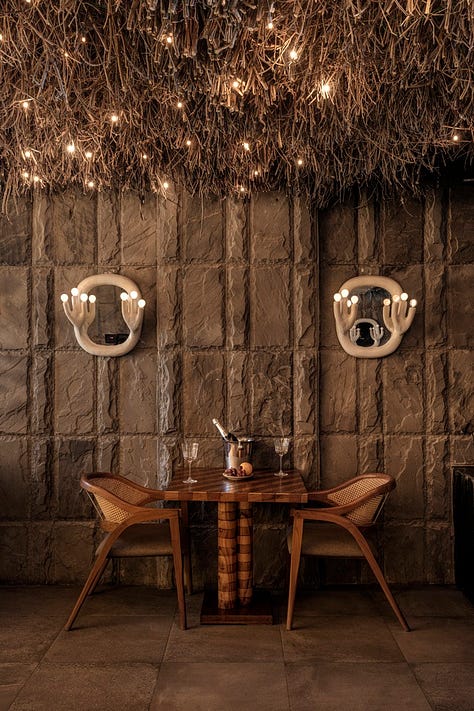
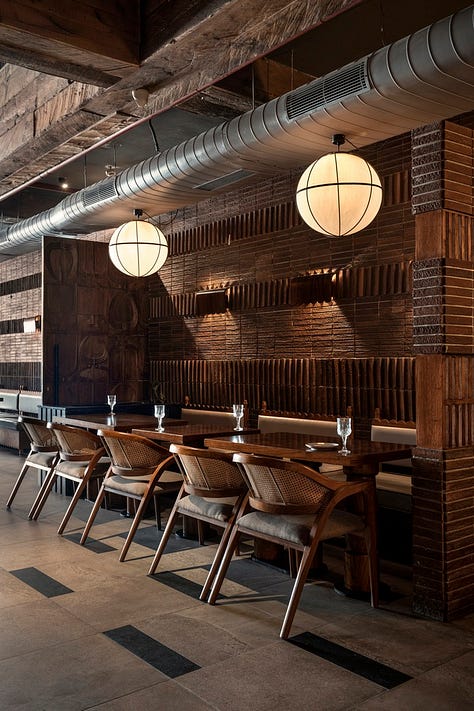
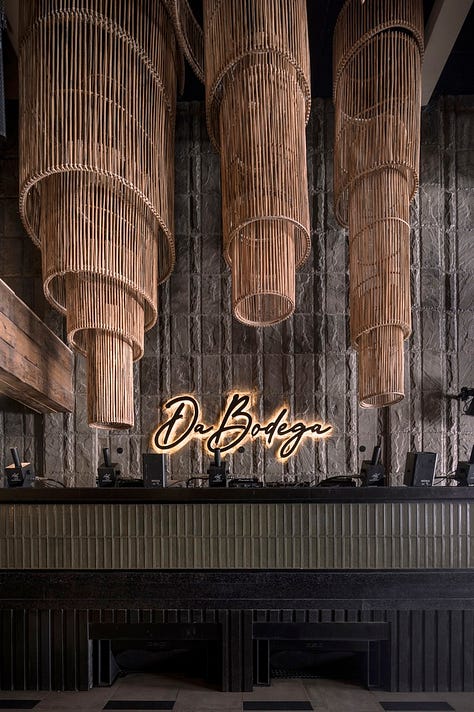
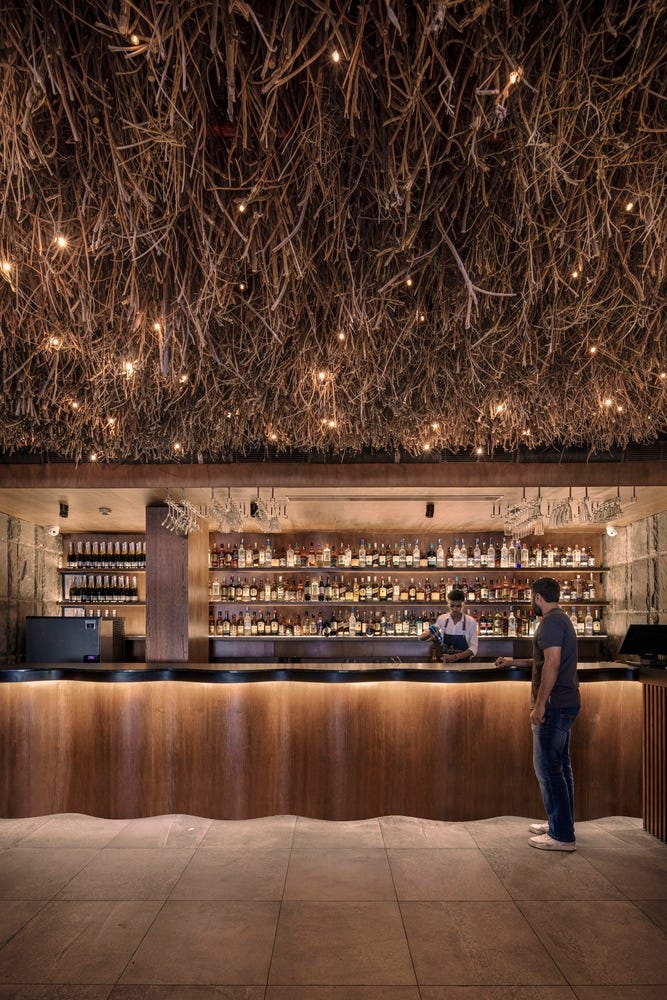
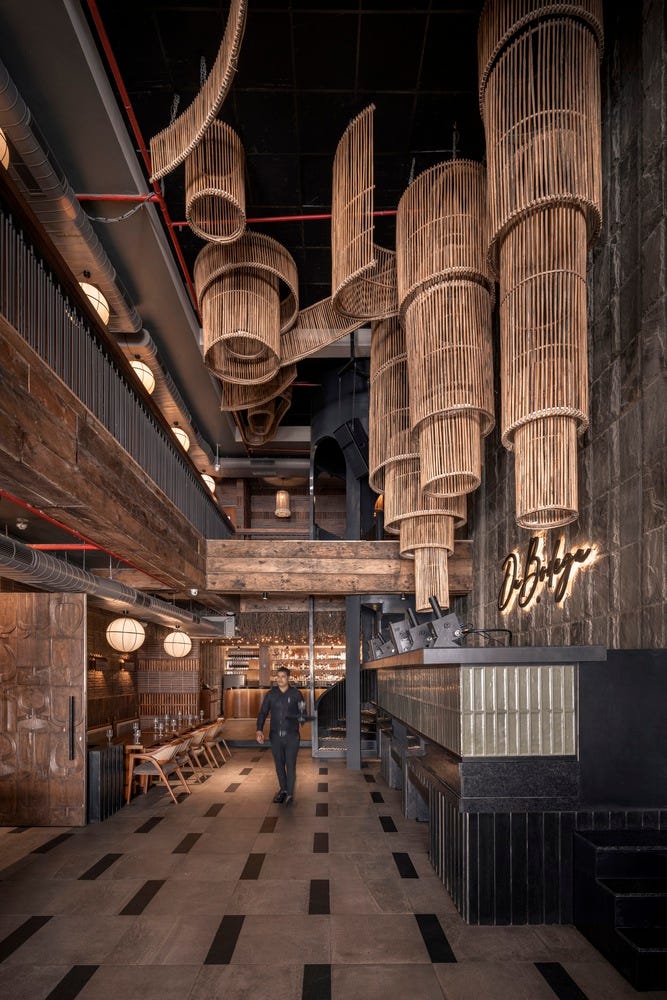
La Nena Coffee, Dubai – A Vida Group
This café goes beyond minimalist chic. It wraps guests in clay-plastered walls, rounded niches, soft wood, and handcrafted finishes. The result is a deeply tactile space where every surface invites exploration. It's more like entering a warm embrace than a commercial venue.
In both cases, texture does more than decorate. It activates memory, emotion, and attention. It fosters connection between space and inhabitant. And that is powerful design.



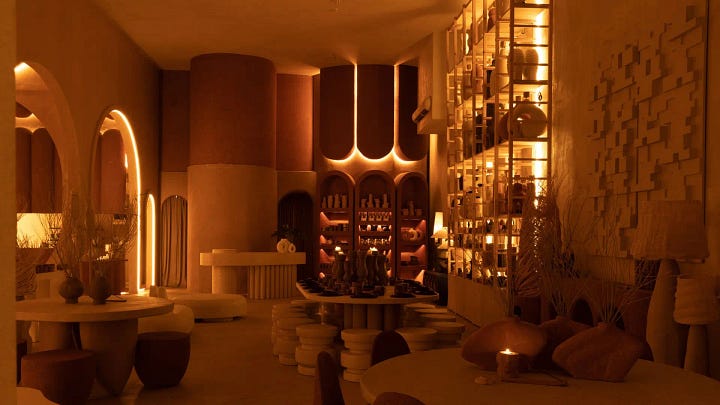
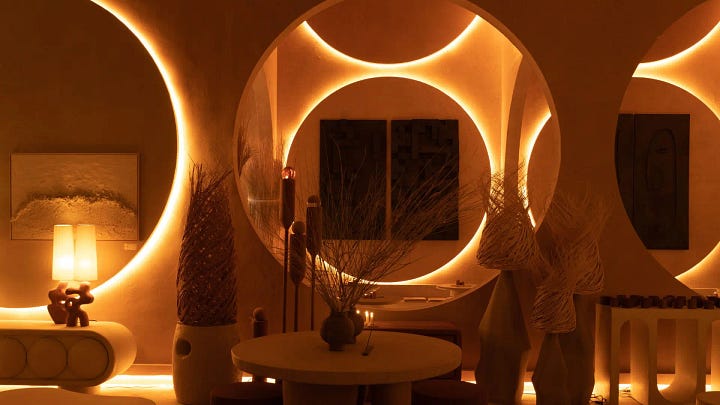
Residential Interiors: Personalizing Through Tactile Storytelling
At home, tactility becomes a form of narrative. Think of the cold clarity of a marble countertop, softened by the drape of a linen towel. Or the sturdy feel of oak underfoot, contrasted with a plush wool rug. Designers who layer textures are telling stories—stories of luxury, simplicity, warmth, and contrast.
As Dwell aptly puts it, “Layering textures adds a sense of movement, transforming static spaces into dynamic narratives.”
The Emotional Toolkit: Mixing Wood, Stone, Metal & Fabric
To master emotional design, we must understand how materials behave emotionally:
Wood offers warmth and biophilic connection.
Stone delivers grounding, timelessness, and strength.
Metal evokes precision, resilience, and sleek modernity.
Fabric adds softness, sensuality, and comfort.
The secret lies not in abundance but balance. Contrast the coarse with the smooth. Matte with glossy. Rigid with flowing. A velvet chair beside a brushed steel lamp. A jute rug below a polished concrete table. Each combination tells a story and invites the user to feel it.
Why Texture Often Matters More Than Color
Color sets the stage. But texture writes the script. It transcends visual appeal by creating a deeper, more embodied experience. Texture is felt with the hands, registered by the brain, and remembered by the body.
In commercial design, it encourages guests to linger. In residential design, it invites comfort and personal connection. And unlike color that is subjected to trends and context, texture is universally human.
As architect Juhani Pallasmaa said: "We touch the world not only with our hands, but with our entire body."
This philosophy is exemplified in the work of designers who prioritize sensory engagement over spectacle. Kelly Wearstler masterfully combines velvet, brass, stone, and wood in ways that are both opulent and approachable, crafting spaces that demand touch.
Ilse Crawford, a pioneer in human-centered design, creates interiors that nourish the senses, where texture takes precedence over visual uniformity.
Vincent Van Duysen’s calm, minimalist interiors gain their emotional weight from the texture of raw materials, rather than color or ornamentation.
These designers show us that tactility is not a trend but it’s a timeless design principle rooted in our biology and psychology. Texture is not simply a finish. It is a feeling, a memory, a connection. It is a foundation for emotional resonance. It teaches us that design is not just how something looks, but how it lives in the body.
So, next time you run your hand across a cool stone counter or sink into a velvet chair…pause. Feel it. Remember it. That’s design doing its real job.
Know a space that feels unforgettable? Or a designer who gets texture just right? let’s turn this into a conversation!




Great article.